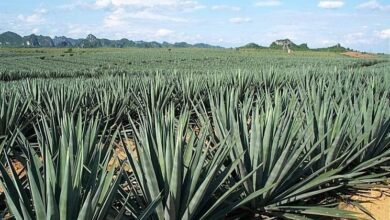Natalina plant
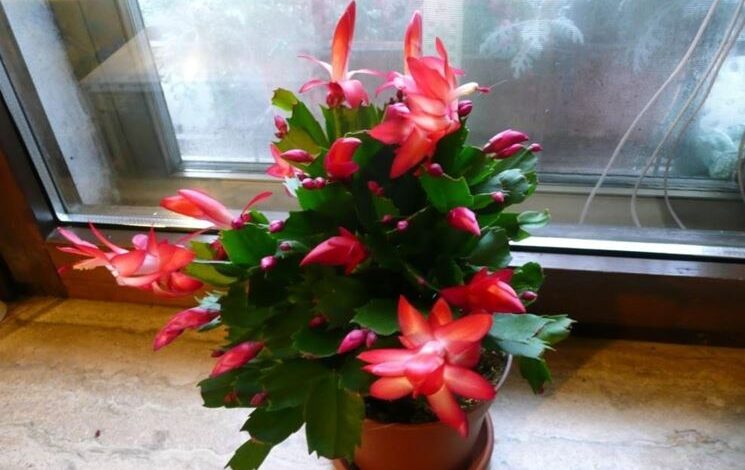
Natalina plant: general information
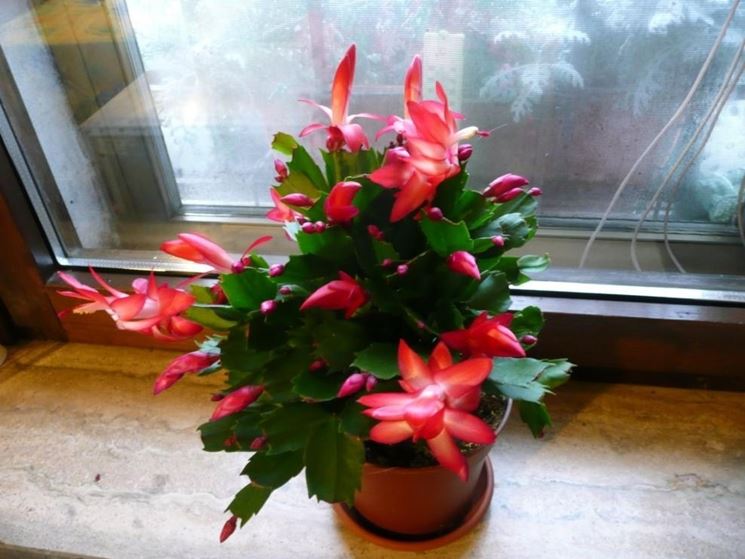
Natalina plant: description
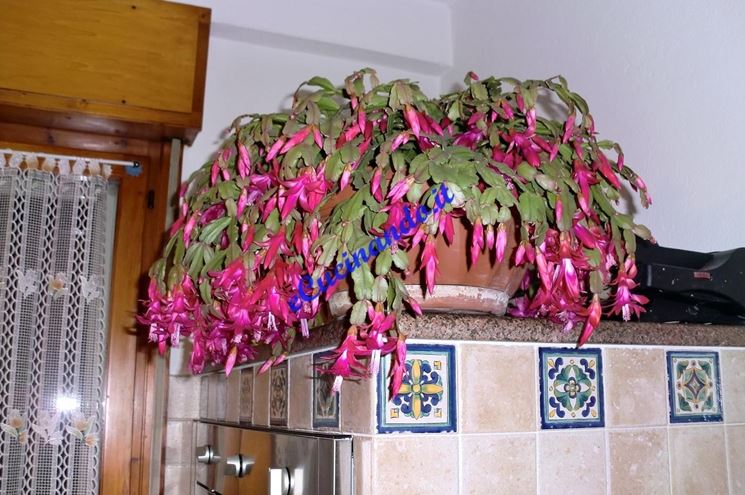
The Natalina plant also known by the scientific name of Schlumbergena and is a succulent native to South America, where it can be found growing spontaneously in the tropical forests of Brazil. Despite this, as previously stated, it can also be planted in pots to be placed inside your home as a very decorative plant. The inflorescences begin their appearance during the Christmas period with colors ranging from pink to fuchsia. The structure of the green foliage is very particular: each leaf is joined to the previous and the next in the central part. What gives a certain peculiarity to the aerial region of the plant is precisely the direction taken by the succulent leaves;
Natalina plant: cultivation
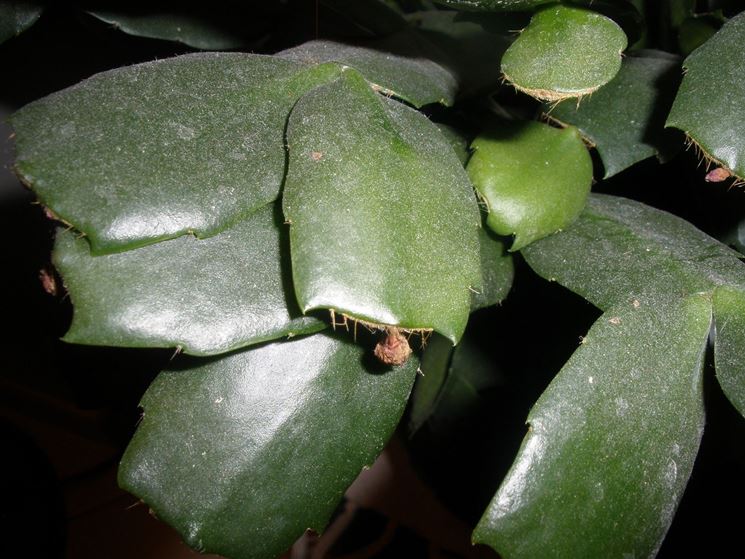
As for the cultivation of the Natalina plant, it is necessary to follow a few simple rules and put it into practice in the right way. It is good to know that Natalina loves exposure to light but not to direct sunlight, which causes the aerial part to dry out; watering must be regular, carried out with water poor in limestone and in an amount such as to keep the soil always well moist (remember that it comes from regions with a humid and warm climate). The soil must be rich in mineral salts and drained in such a way as to avoid water stagnation with consequent root rot. Natalina favors an environment with minimum temperatures of about 15 ° C, and must be periodically fertilized with liquid fertilizer to be administered at least once a month between June and September.
Natalina plant: diseases and reproduction
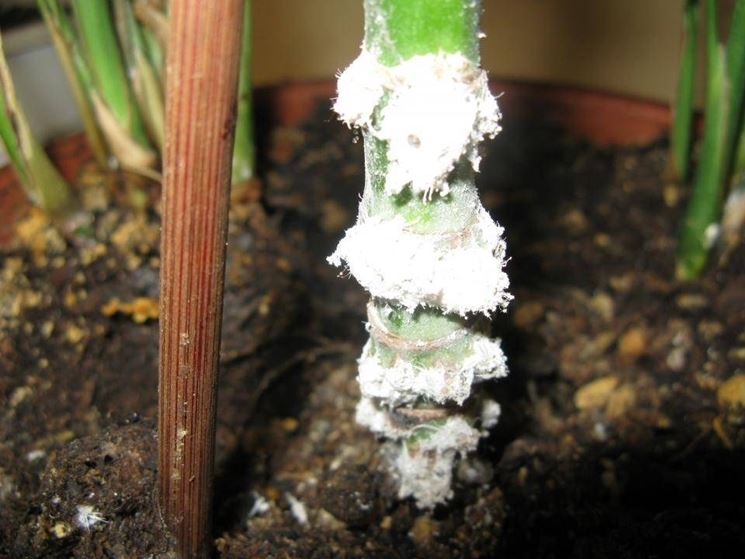
The reproduction of the Natalina plant occurs through cuttings. During the months of March or April the cutting is taken from the mother plant and left in the air for a few hours in order to speed up the drying of the branch. Subsequently, it is buried in a soil composed of one part of coarse-grained sand, two of peat and one of universal soil. As soon as the daughter plant develops an autonomous root system, the same treatments applied to adult specimens are implemented. Returning to cutting the cutting, remember to use a well-disinfected, sharp knife and to make a clean, lint-free cut. The implementation of incorrect cultivation techniques can lead to the onset of diseases and aggressions by parasites that are very harmful to Natalina. If in the stem there are small spots similar to cotton, which with the passage of time dry up the plant, it is in the presence of cottony cochineal. This parasite can be eliminated by using a cotton swab dipped in water and alcohol. In the presence of snails, they must be removed immediately to prevent them from destroying the aerial part of the succulent.

